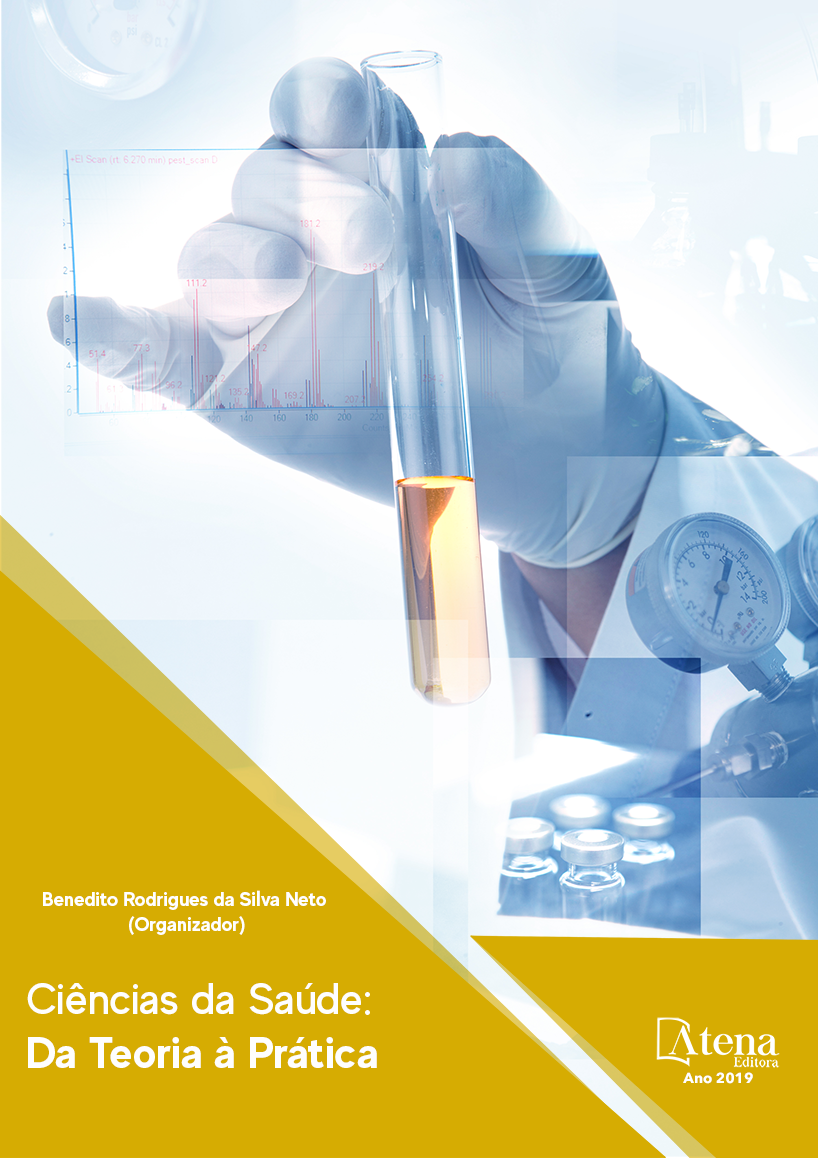
COMPARAÇÃO ENTRE A AVALIAÇÃO CLÍNICA E A UTILIZAÇÃO DE SOFTWARE DIGITAL NA CARACTERIZAÇÃO DE FERIDAS
Comparar a avaliação
clínica e a utilização de software digital na
caracterização de feridas. Metodologia:
o projeto foi desenvolvido com pacientes
acompanhados semanalmente no Ambulatório
para Tratamento de Feridas em uma
Universidade no interior do Estado de São
Paulo. A coleta de dados aconteceu em dois
momentos: na primeira etapa foi realizada a
avaliação clínica e coleta de dados (avaliação
da ferida, mensuração, tecido, exsudato); na
segunda etapa, avaliação pelo software digital
(registro fotográfico da ferida e as respostas
geradas pelo aplicativo). Resultados: A
amostra foi composta de 11 pacientes e um
total de 18 feridas avaliadas. O aplicativo
MOWA® mostrou diferença estatisticamente
significante na identificação dos tecidos de
fibrina e necrose, quando comparado com a
avaliação clínica. Um fato muito importante
observado, é de que o aplicativo identificou
tecido de necrose onde há pouca presença
de luz na foto. O mesmo se mostrou bastante
eficiente quanto a mensuração da ferida, porém
na avaliação do leito, deve-se ter o cuidado no
registro das imagens, as quais devem estar
em ambiente claro e com boa qualidade.
Conclusão: Evidenciou-se que os recursos
tecnológicos devem ser utilizados de forma
complementar no acompanhamento da ferida,
visto que a avaliação criteriosa do profissional
enfermeiro, levando em consideração as
características clínicas do paciente através do
seu conhecimento técnico-científico, não deve
ser substituída
COMPARAÇÃO ENTRE A AVALIAÇÃO CLÍNICA E A UTILIZAÇÃO DE SOFTWARE DIGITAL NA CARACTERIZAÇÃO DE FERIDAS
-
DOI: 10.22533/at.ed.93419130610
-
Palavras-chave: Ferida. Software. Pesos e medidas.
-
Keywords: Wound. Software. Weights and Measures.
-
Abstract:
Compare the clinical
evaluation to the use of digital software in the
characterization of wounds. Methodology: the
project was comprised of patients who were
monitored weekly at the Ambulatório para
Tratamento de Feridas, an outpatient clinic for
wound care, located in a University in the interior
of the São Paulo state. The sample was collected
in two moments: first, there was the clinical
evaluation (evaluation and measurement of the
wound, tissue, and exudate); second, there was
the evaluation by means of the digital software photographic wound documentation and the answers generated by the application).
Results: The sample was comprised of 11 patients and a total of 18 wounds were
evaluated. The application MOWA® showed a statistically significant difference in the
identification of fibrin and necrotic tissue when compared to the clinical evaluation. An
important fact observed was that the application identified necrotic tissue in places
where there was little light in the photo. In addition, the application showed to be very
effective in the measurement of the wound. Nonetheless, during evaluation in bed, one
should be careful while recording the images, which must have been done in a clear
environment and with quality light. Conclusion: The outcomes showed technological
resources should be used as complementary in the follow-up of the wound, since
the careful evaluation by professional nurses, who consider the patient’s clinical
characteristics and have the scientific and technical knowledge, should not be replaced.
-
Número de páginas: 15
- Márcia Aparecida Nuevo Gatti
- Sandra Fiorelli de Almeida Penteado Simeão
- Thauana Sanches Paixão


